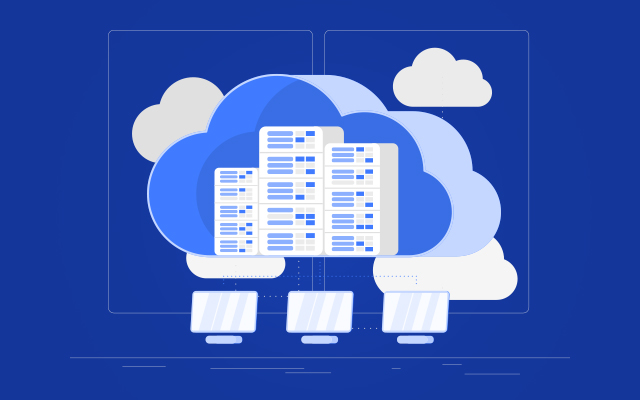This article discusses the announcement of the latest KubeVela upgrades during the 2022 Apsara Conference.

This article offers a complete review to sort out the traps in the evolution of the project, aiming to help the development of the entire open-source ecosystem.

In this article, we will learn about the story behind KubeVela and how it was voted to become a CNCF incubating project.

This blog explains the integration of Kubevela and ArgoCD using two different approaches.

This article looks back into the starting points of KubeVela and gives a comprehensive introduction to the state of KubeVela in 2022.

This article introduces how KubeVela is applied in Napptive to build cloud-native application platform.

This blog will introduce how to use CUE and KubeVela to build you own abstraction API to reduce the complexity of Kubernetes resources.

This article discusses the release of KubeVela v1.2.

This article explains how KubeVela can make cloud application delivery easier.

This article provides a detailed overview of the development of KubeVela, explains its core ideas and vision, and reveals its principles.

This article discusses the capabilities and benefits of the Open Application Model (OAM).

This article is a summary of the live broadcast about Open-Source GO: KubeVela, covering design ideas, and usage methods of open-source projects.

This article focuses on managing a multi-cloud environment.

At KubeCon NA 2020, the OAM community announced the release of KubeVela, an easy-to-use yet highly extensible application platform based on OAM and Kubernetes.

The management automation on cloud resources can reduce financial costs and increase enterprises' efficiency and competitiveness by lowering technical thresholds.

A discussion about the advantages of Open Application Model implementation and why cloud providers are embracing it.

This article outlines the changes in the Open Application Model (OAM) v1alpha2 version and highlights how the latest version balances standards and scalability.

In this blog, Andy Shi talks about how the OAM can address the concerns of both developers and DevOps operators, creating a smooth user experience in a unified approach.

Li Xiang and Zhang Lei, two technical experts, discuss what OAM is and how it's being used to upgrade of Alibaba's standardized and unified application management architecture.

Zhang Lei, Staff Engineer in Alibaba Cloud and maintainer of Kubernetes, shares his thoughts on what makes Kubernetes similar to a database.
